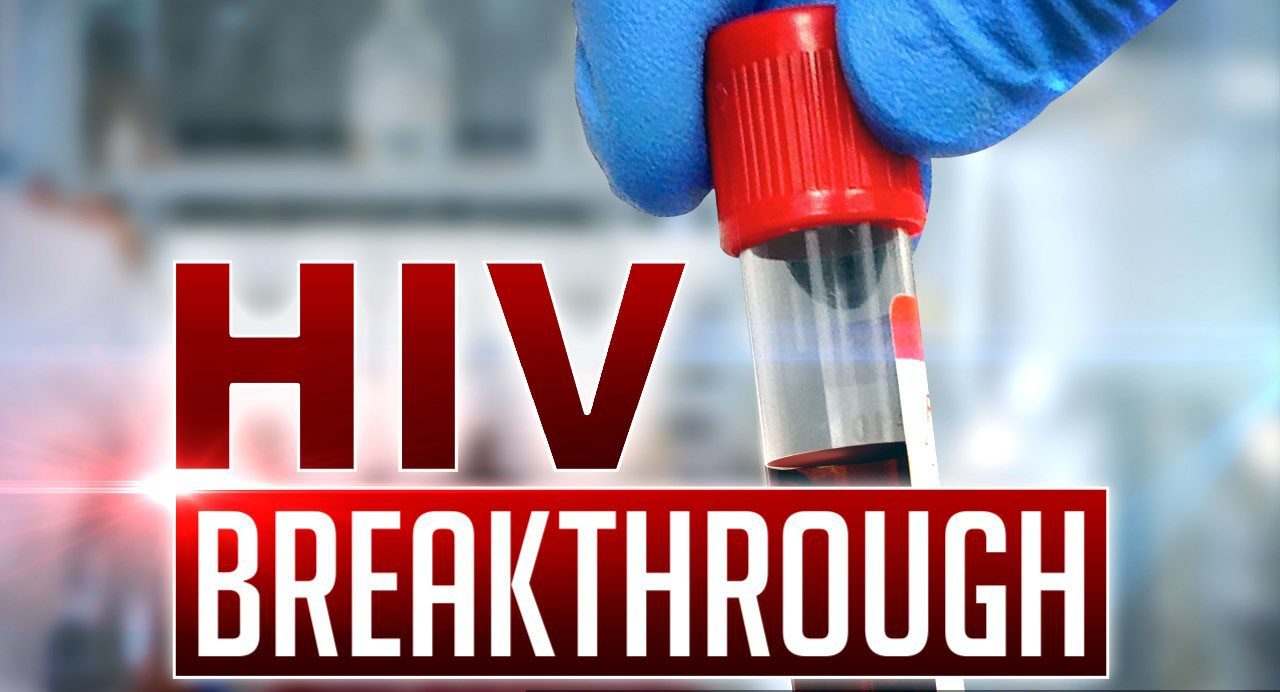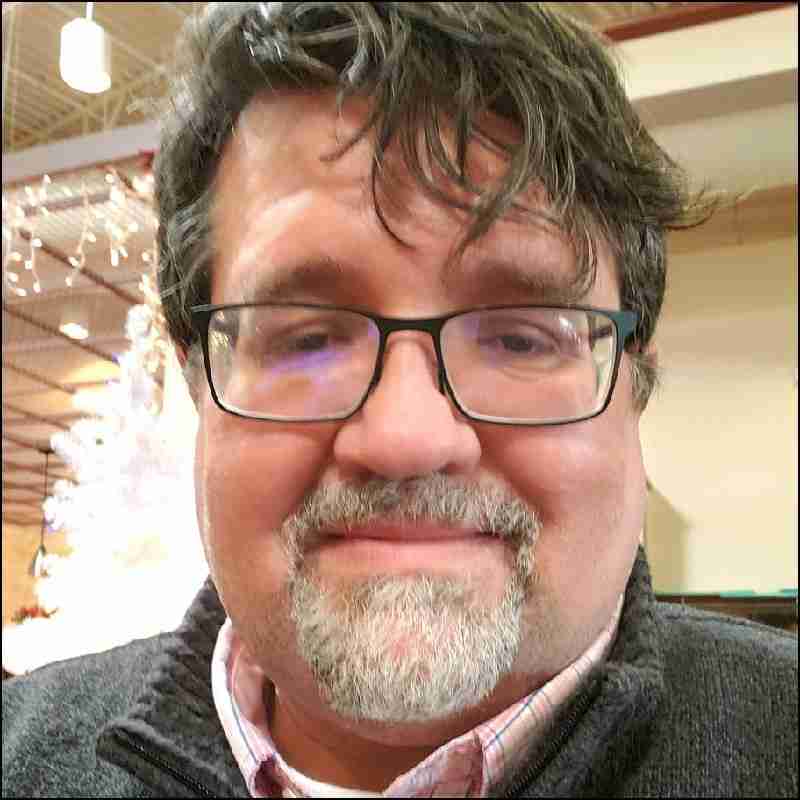
First Participant Infused with Potential HIV Cure Enters Phase 1 Clinical Trials via American Gene Technologies AGT103-T
One year after receiving the green light from the FDA to initiate a Phase I study of an HIV gene therapy, American Gene Technologies (AGT) has infused the first patient. AGT103-T is designed as a cure for the disease that has wreaked havoc across the globe since the 1980s.
AGT’s Gag-specific AGT103-T is a genetically modified cell product made from an individual’s own cells administered to patients with an ex vivo lentiviral vector-based gene therapy. The therapy is developed over an 11 –day process to increase the number of HIV specific T-cells resistant to HIV in order to better fight the virus. In preclinical studies, AGT103-T demonstrated the ability to clear HIV and HIV-infected cells. The research was replicated in collaboration with the National Institute of Allergy and Infectious Disease (NIAID).
In the Phase I RePAIR trial (Restore Potent Antiviral Immune Responses), patients are infused with their own cells in order to repair the immune system damage caused by HIV infection. The AGT-developed gene therapy is designed to repair depleted CD4 cells, or helper T cells. AGT believes this gene therapy can restore the immune system’s ability to remove infected cells from the patient and decrease or eliminate the need for lifelong antiretroviral treatment. It is expected the number of HIV specific immune cells protected and returned to the participants will be nearly 2000 times the number that was achieved in previous efforts.
Over the past several years there have been significant advances made in HIV, with numerous new therapeutics that provide improved treatment options for the approximately 38 million HIV patients across the world. While a cure is not yet available, there is hope that a gene therapy could lead to just such a Holy Grail.
AGT Chief Executive Officer Jeff Galvin expressed this very hope. He said the first dosing in the RePAIR study is a major step forward toward the potential for a cure for HIV. Positive efficacy data generated in clinical studies of the gene therapy could signal that such a dream is within reach. When the trial is completed, AGT researchers should know if the patients who received AGT103-T are functionally cured, meaning they no longer show symptoms of the disease and aren’t able to transmit the virus to others.
“I couldn’t be happier or prouder of the team. I am exceedingly optimistic about the future of this cell therapy and AGT’s eventual contribution to the treatment of HIV,” Galvin said.
The first infusion took place at Washington Health Institute in Washington, D.C. on May 19. The primary endpoint of the Phase I study is safety. Secondary endpoints include an evaluation of responses to treatment including changes in the immune response to HIV. Those patients who participate in the study will be followed for six months. At the end of that time, they will then be enrolled in a 15-year-long follow up study mandated by the FDA for all gene therapy trials.
David Pauza PhD, AGT’s Chief Scientific Officer, noted the dosing of the first patient is the first step on a long journey to determine if AGT103-T is that proverbial Holy Grail in treating HIV.
“We believe this therapy is capable of changing the body’s ability to fight HIV and the first-in-man study signals the first step to understanding what we can achieve with this innovative approach,” Pauza said.
Last year, AGT and researchers from the National Institute of Allergy and Infectious Disease (NIAID) published an article in Molecular Therapy that describes the evolution of the AGT103-T manufacturing process as researchers developed the large-scale production of modified HIV-specific CD4 T cells that resist infection and depletion by HIV.
In addition to HIV, AGT is also developing gene therapies for Phenylketonuria and solid tumor forms of epithelial cancer. The company is manufacturing its gene therapy products for HIV and oncology at its recently-expanded 27,000 square-foot facility in the Maryland life sciences corridor near the National Cancer Institute and Johns Hopkins Shady Grove Campus.
See the Original Press Release here.





